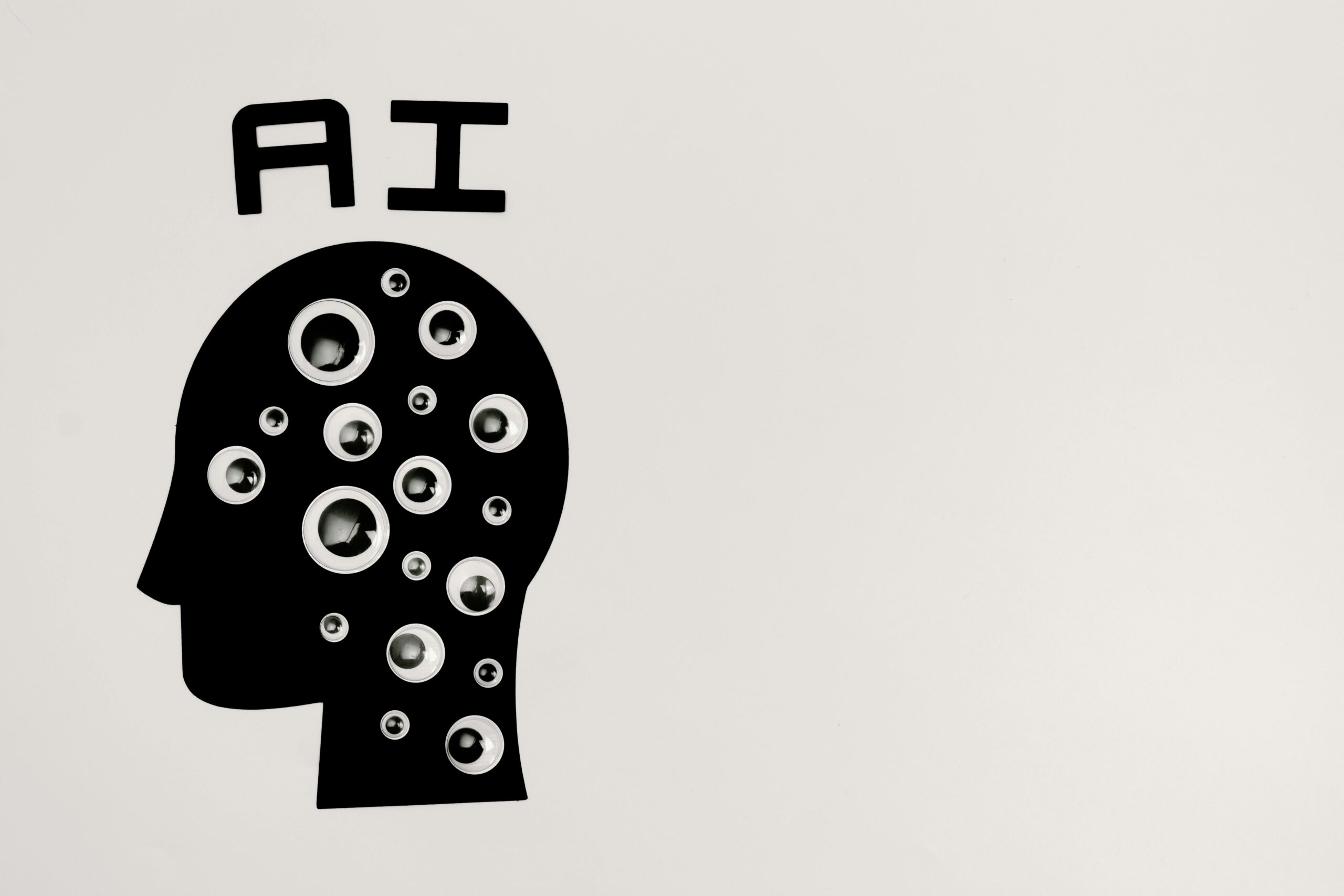The Rise of Foundation Models: GPT, Claude, Gemini, and Beyond
In the rapidly evolving field of artificial intelligence (AI), foundation models have emerged as a transformative force. These models — large, pre-trained AI systems like OpenAI’s GPT series, Anthropic’s Claude, and Google DeepMind’s Gemini — are changing how we think about machine intelligence. They are called “foundation models” because they provide a versatile base upon which many applications can be built, ranging from chatbots and search engines to scientific research tools and creative assistants.
This article explores the rise of foundation models, examining their origins, architectures, capabilities, challenges, and future directions.
1. Understanding Foundation Models
1.1 What Are Foundation Models?
Foundation models are large-scale machine learning models trained on enormous and diverse datasets. Instead of being fine-tuned for a specific task from the start, they are built to develop broad capabilities that can later be adapted (fine-tuned) to a wide array of specific applications.
Examples include:
-
GPT-3, GPT-4 by OpenAI
-
Claude by Anthropic
-
Gemini by Google DeepMind
-
LLaMA by Meta
-
Mistral, Cohere Command R, and others
These models are typically self-supervised, meaning they learn patterns without explicit human labeling, relying on the structure inherent in the data.
1.2 Core Characteristics
Foundation models share several defining features:
-
Scale: They are trained on billions or trillions of parameters.
-
Generality: They are capable of performing a variety of tasks with minimal task-specific tuning.
-
Emergent Abilities: As models grow larger, they develop unexpected capabilities, such as reasoning or coding.
-
Transferability: They can be fine-tuned or prompted to perform specific applications, enabling flexibility across industries.
2. A Brief History of Foundation Models
2.1 The Early Days of Language Models
Before foundation models, AI systems were mostly task-specific. Models like Word2Vec (2013) and GloVe (2014) introduced the idea of capturing semantic relationships in text. However, these early systems lacked the ability to perform general tasks like answering questions or writing essays.
2.2 The Breakthrough: Transformers
The pivotal moment came with the Transformer architecture, introduced by Vaswani et al. in the 2017 paper “Attention is All You Need“. Transformers enabled efficient training of very large models by using self-attention mechanisms. This architecture underpins almost all modern foundation models.
2.3 From BERT to GPT
Following Transformers, Google introduced BERT (2018), a model that achieved state-of-the-art results on multiple benchmarks. Meanwhile, OpenAI introduced GPT (2018), showing that unsupervised pre-training followed by supervised fine-tuning could yield highly capable models.
The GPT series (Generative Pre-trained Transformers) demonstrated the power of scale — with GPT-2 (2019), GPT-3 (2020), and GPT-4 (2023) dramatically expanding model capabilities.
3. Leading Foundation Models Today
3.1 OpenAI’s GPT-4 and GPT-4 Turbo
GPT-4 represents a major leap in AI capabilities, with billions of parameters and multimodal abilities (processing both text and images). GPT-4 Turbo, introduced later, is a cheaper, faster variant designed for real-world deployments.
Applications:
-
Chatbots (e.g., ChatGPT)
-
Coding assistants (e.g., GitHub Copilot)
-
Content generation tools
-
Scientific research helpers
3.2 Anthropic’s Claude
Named after Claude Shannon, Claude is designed with alignment and safety at its core. Anthropic uses techniques like Constitutional AI to train Claude models, focusing on making them helpful, harmless, and honest.
Claude is often praised for:
-
Safer and more controllable outputs
-
Longer context windows (important for large document handling)
-
Ethical focus in deployment
3.3 Google DeepMind’s Gemini
Gemini (successor to DeepMind’s work on AlphaFold and AlphaCode) integrates DeepMind’s expertise in reinforcement learning, planning, and multimodal learning. Gemini aims to outperform GPT-4 with better problem-solving, reasoning, and broader capabilities across text, code, images, and beyond.
Gemini’s strengths:
-
Deep integration with Google’s search and Android ecosystems
-
Advanced reasoning skills
-
Multimodal fluency
4. Why Are Foundation Models So Powerful?
4.1 Scale and Data
Massive datasets from books, articles, code repositories, and public internet content allow these models to absorb a vast amount of human knowledge.
4.2 Emergent Behavior
Research has shown that when models grow past a certain size, new behaviors “emerge” — complex reasoning, translation, summarization, and creative writing skills that smaller models cannot perform.
4.3 Zero-shot and Few-shot Learning
Foundation models can perform tasks they have never been explicitly trained for simply by being prompted with examples — an incredible shift in how AI can be used.
Read More: The Future of Multimodal AI (Text, Image, Audio Combined)
5. Applications Across Industries
5.1 Business and Customer Service
Companies use foundation models to:
-
Automate customer support
-
Generate marketing content
-
Analyze market trends
-
Personalize shopping experiences
5.2 Education
AI tutors powered by foundation models help students:
-
Learn languages
-
Understand complex subjects
-
Get personalized feedback
5.3 Healthcare
In healthcare, foundation models assist in:
-
Medical research summarization
-
Patient triage and initial diagnosis support
-
Accelerated drug discovery (e.g., using models like Gemini)
5.4 Science and Research
Foundation models aid researchers by:
-
Analyzing large volumes of scientific literature
-
Generating hypotheses
-
Designing and simulating experiments
6. Ethical, Societal, and Technical Challenges
6.1 Bias and Fairness
Because foundation models are trained on public data, they can inherit biases — cultural, gender, racial — leading to unfair outcomes.
Efforts to combat bias include:
-
More diverse training data
-
Debiasing techniques during fine-tuning
-
Constitutional AI approaches (used by Anthropic)
6.2 Misinformation and Hallucination
Foundation models sometimes generate false or misleading information, a phenomenon known as hallucination.
Solutions being explored:
-
Reinforcement learning from human feedback (RLHF)
-
Retrieval-augmented generation (RAG)
-
Fact-checking integrations
6.3 Energy Consumption
Training large foundation models consumes massive amounts of energy. The carbon footprint of training a single model like GPT-3 was estimated to be comparable to that of multiple cars running for years.
Emerging solutions:
-
More efficient hardware (TPUs, custom AI chips)
-
Algorithmic improvements
-
Better model distillation
6.4 Concentration of Power
A few organizations control the leading foundation models, raising concerns about economic and knowledge monopolies.
Calls for democratization include:
-
Open-source foundation models (e.g., LLaMA by Meta, Mistral models)
-
Regulation to ensure fair access
7. The Future of Foundation Models
7.1 Toward Multimodal Intelligence
The next generation of models (like Gemini 1.5 and GPT-5) are becoming natively multimodal — handling text, images, audio, video, and even 3D data simultaneously.
7.2 Autonomous Agents
Foundation models are moving from passive responders to autonomous agents capable of:
-
Planning tasks
-
Executing actions
-
Interacting with APIs, databases, and other tools autonomously
Examples: AutoGPT, BabyAGI
7.3 Personalization at Scale
There is increasing demand for personalized foundation models — tailored to individuals’ preferences, knowledge levels, and communication styles.
Advances like LoRA (Low-Rank Adaptation) make fine-tuning large models affordable even for small businesses.
7.4 Regulatory Landscape
Governments and regulatory bodies are beginning to step in:
-
EU AI Act: Risk-based regulation of AI systems
-
US Executive Orders: Focusing on AI safety, privacy, and competitiveness
-
Global initiatives: Calls for international cooperation on responsible AI
Conclusion
The rise of foundation models like GPT, Claude, and Gemini marks a new era in artificial intelligence. They have expanded what machines can do, brought AI to the fingertips of millions, and opened doors to innovation across almost every sector. However, with great power comes great responsibility — ensuring that these models are safe, ethical, and equitable remains a significant challenge.
As research continues, we can expect foundation models to become even more capable, more integrated into our daily lives, and more critical to solving some of humanity’s biggest challenges — from education and healthcare to climate change and beyond.
The story of foundation models is just beginning, and it promises to be one of the most fascinating chapters in the history of technology.



